Noah Zirpoli (MFA Ceramics 2023), installation at the 2023 Graduate Degree Exhibition at Cranbrook Art Museum.
Photo by Sarah C Blanchette.
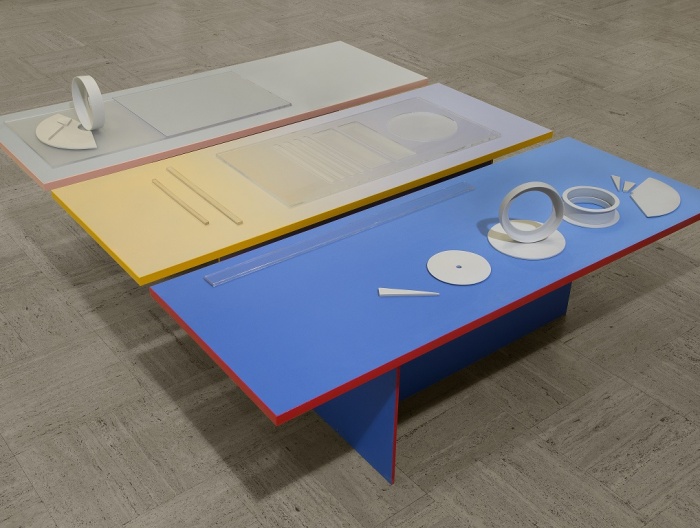

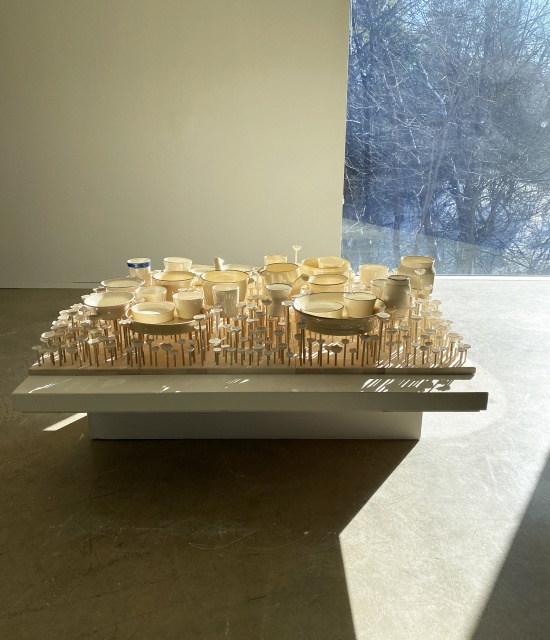

Noah Zirpoli (MFA Ceramics 2023), installation at the 2023 Graduate Degree Exhibition at Cranbrook Art Museum.
Photo by Sarah C Blanchette.
The Ceramics program looks deeply into the ceramic spectrum, finding strength in its position as a material strategy for conceptual form and idea–making. The landscape of ceramics is a vast open-ended question, with links to design, crafts, the art world, industry, and engineering. Together we look outward and inward, back through the history of ceramics, and forward into new and culturally relevant material opportunities.
We carefully consider the history of ceramics, the processes that shape the material and production, and the tools themselves, which act as catalysts for our studio work. We carefully consider the way objects are made and explore a diverse range of approaches ranging from hand construction and slip casting to 3D prototyping. These aspects of history, materiality, and process form a contextually rich visual language in which to explore a materially specific yet conceptually unbound studio practice.
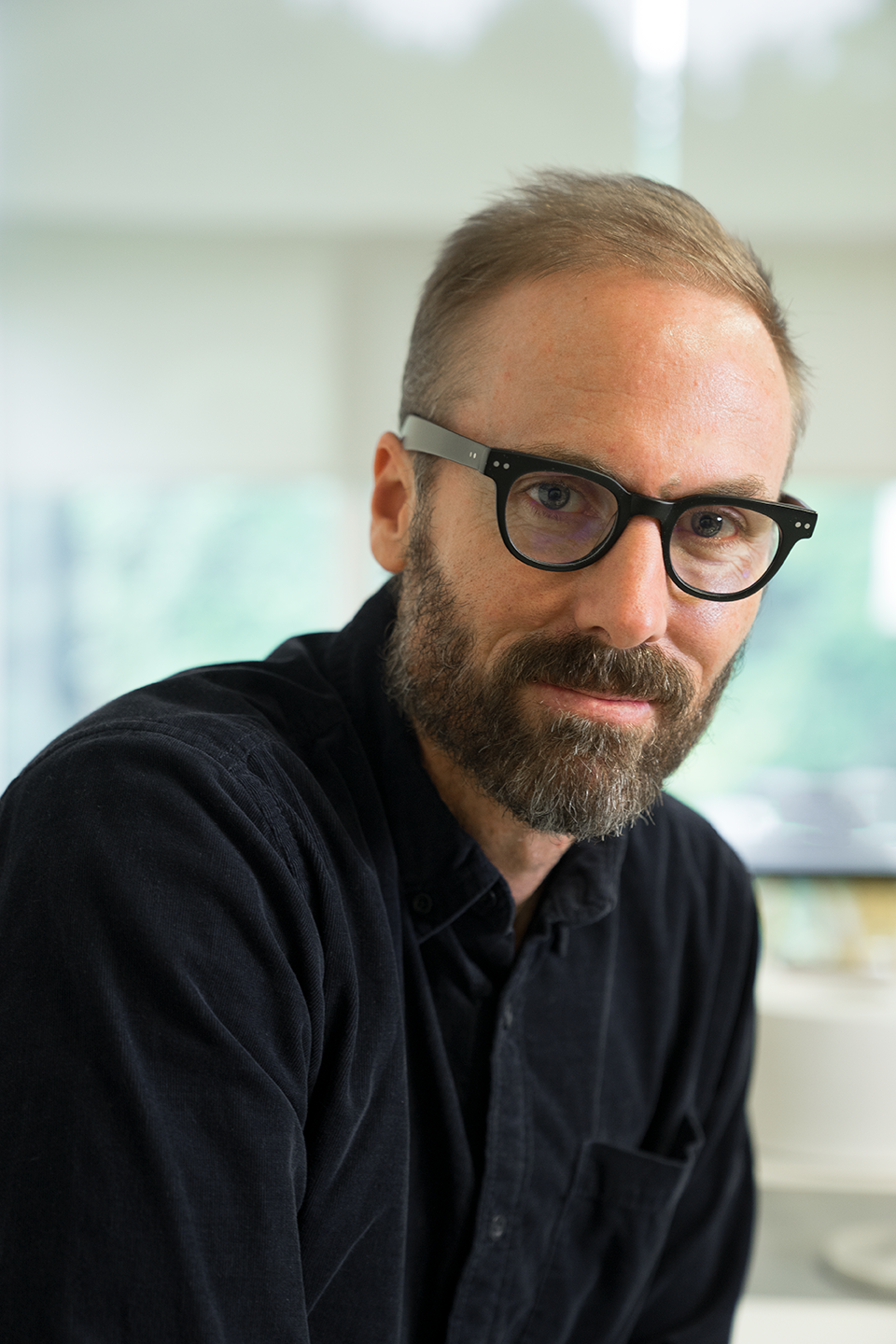
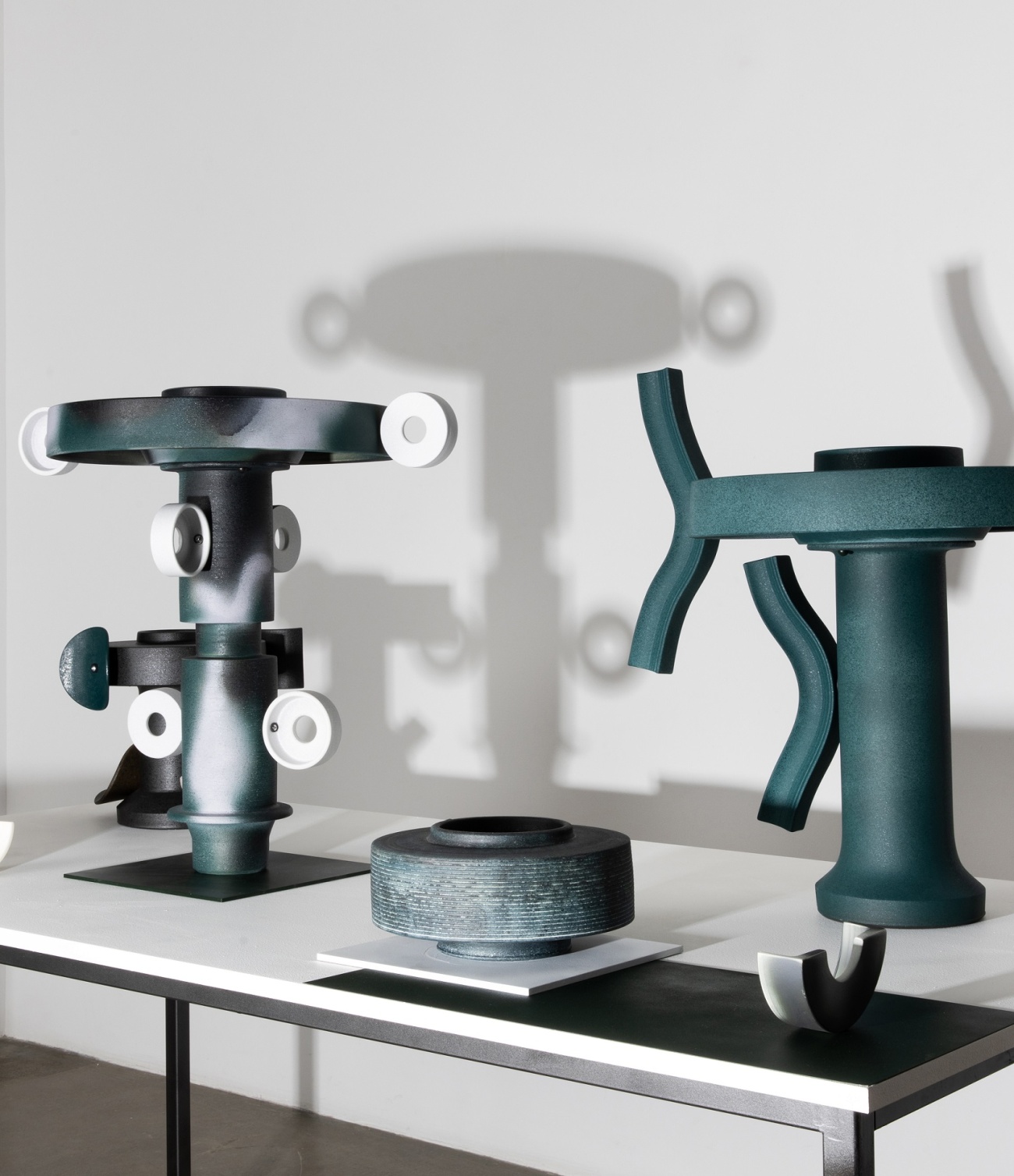
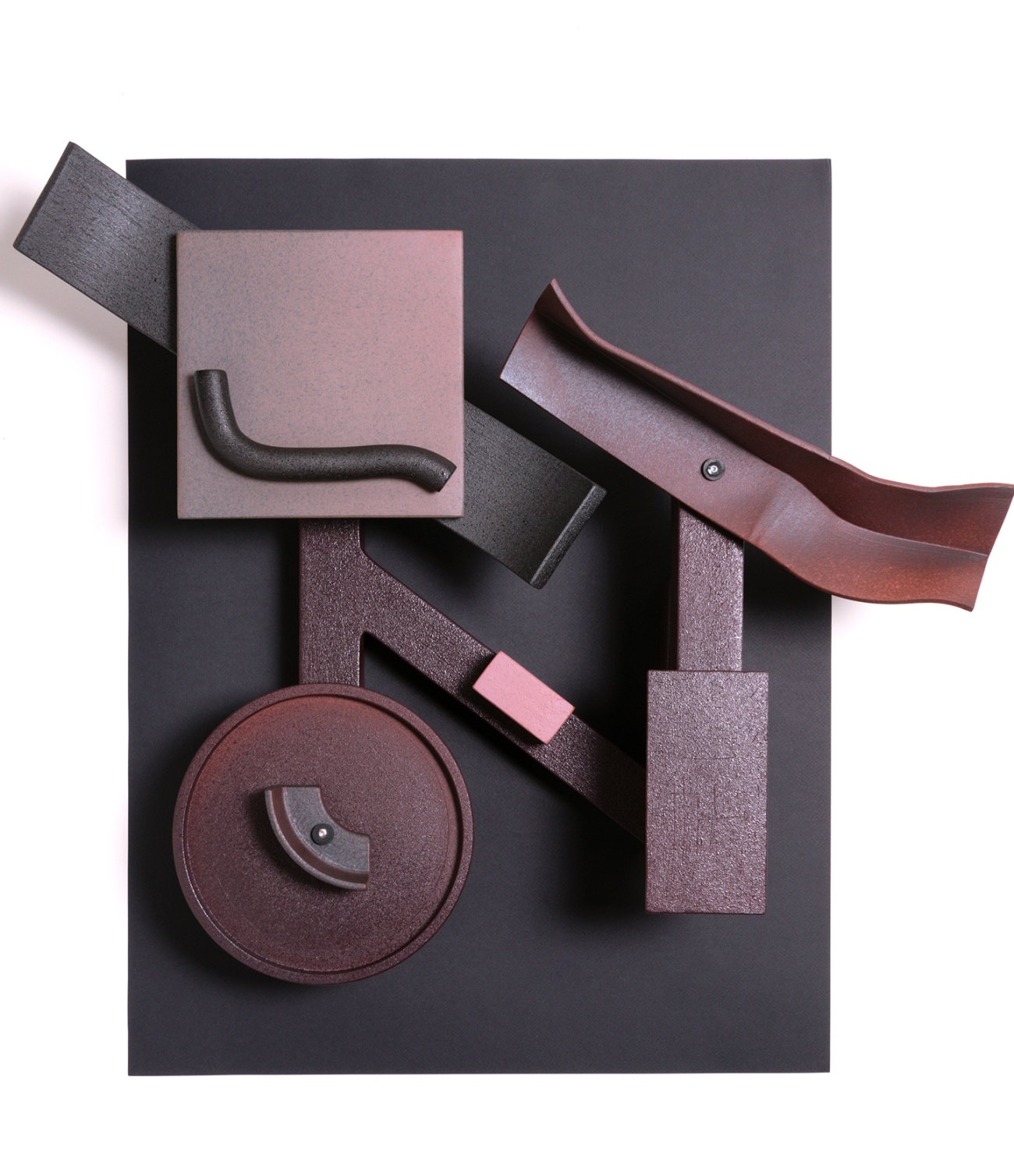

An accomplished ceramicist, Ian McDonald’s work has been exhibited throughout the United States, Europe, and Japan, at venues including the Curators Cube in Tokyo; Yerba Buena Center for the Arts and Rena Bransten Gallery in San Francisco; The New Wight Gallery at UCLA in Los Angeles; and Patrick Parrish Gallery in New York City.
His work has appeared or been mentioned in numerous publications, including Artforum, Metropolis, Wallpaper magazine, Ceramics Monthly, Dwell, and The New York Times. In 2023, he was selected as a new member of the International Academy of Ceramics in Geneva, Switzerland.
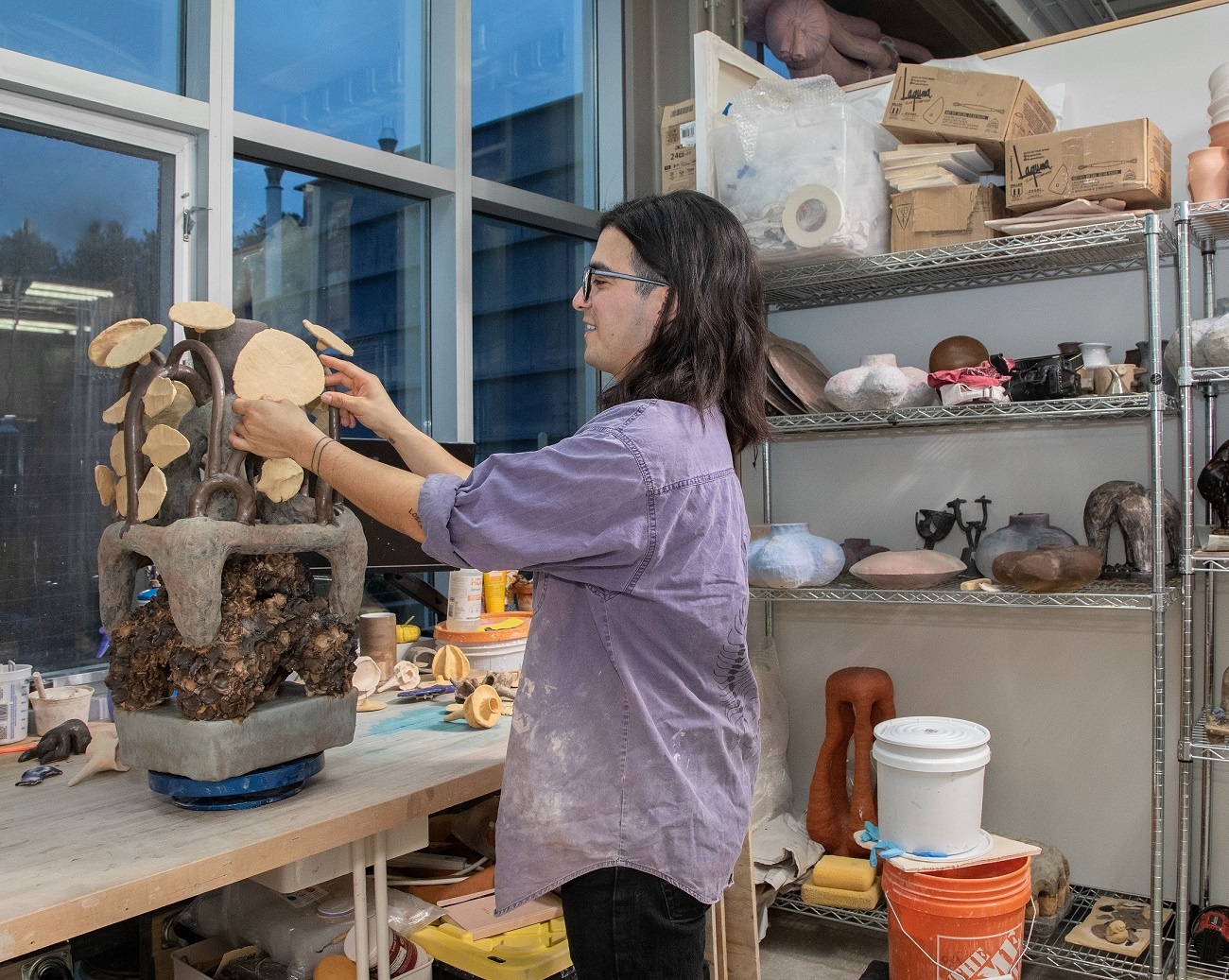
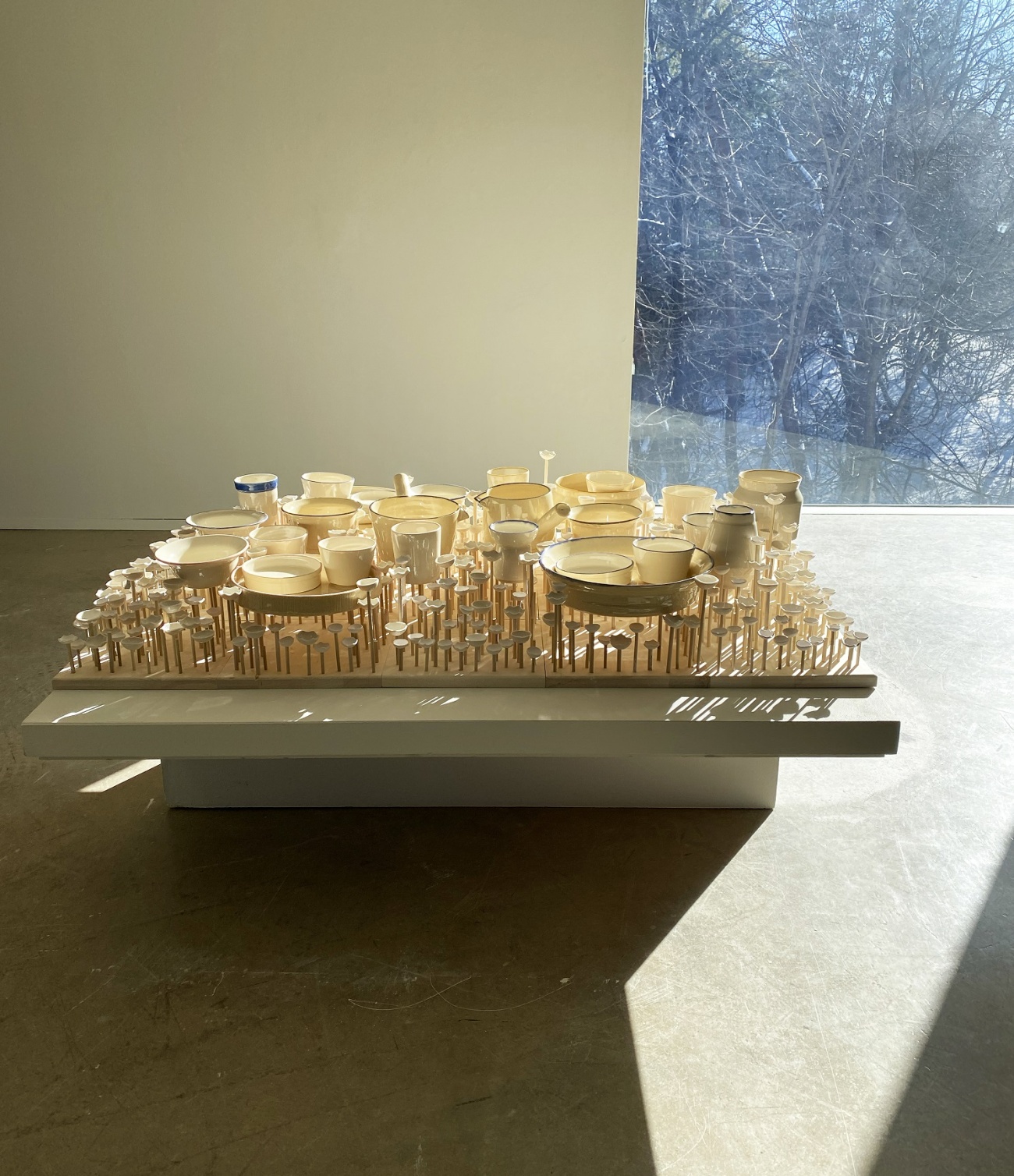
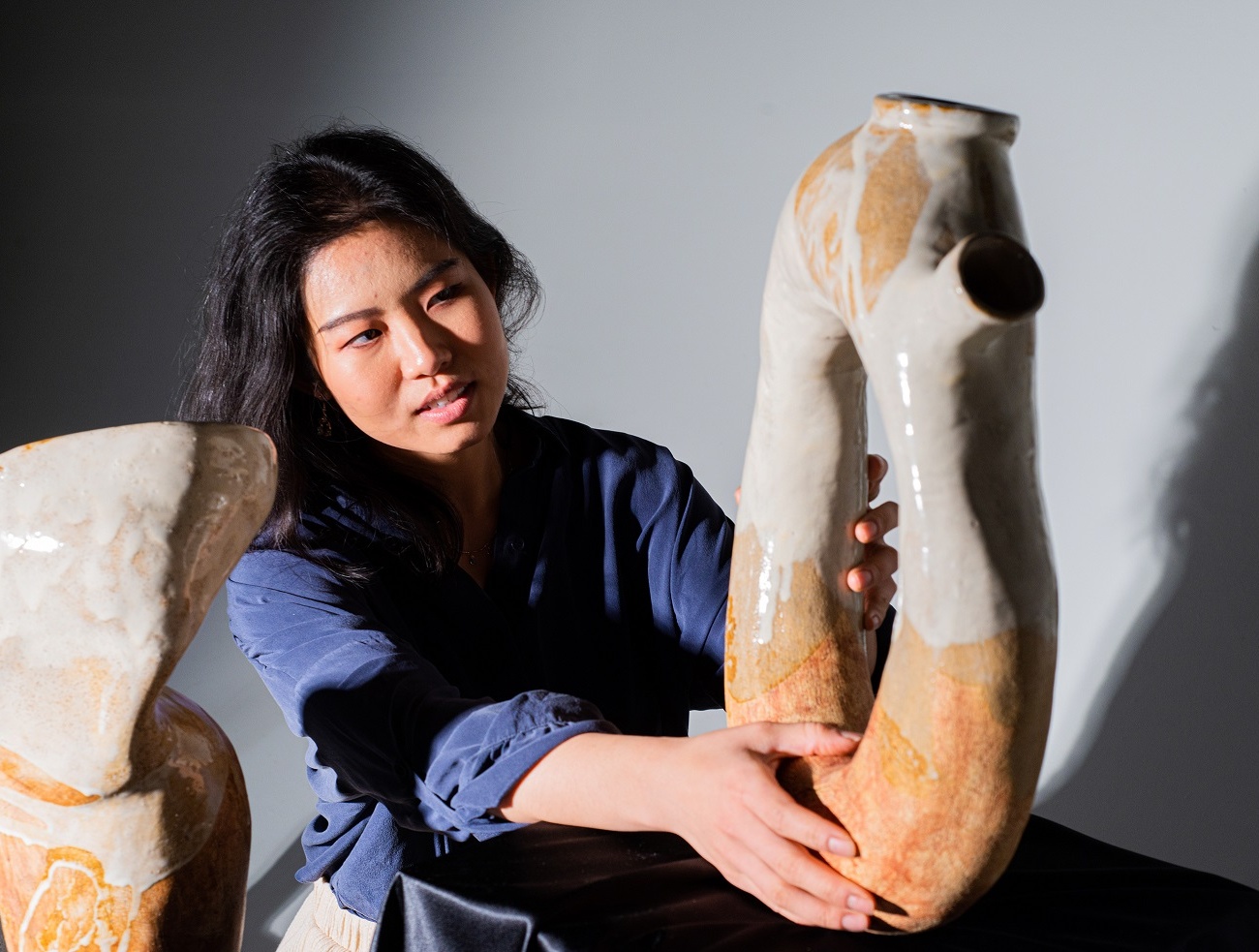

Within the Ceramics program, critique and discussion are foundational to the growth of a student’s critical practice. Our formal weekly critiques are open to other programs, making for a lively interdisciplinary discussion through the lens of ceramics. Students participate in individual meetings with Artists-in-Residence, various group critiques, individual studio visits with visiting artists/critics, and studio visits during program travel.
We embrace the possibilities of cross-disciplinary ideas and explore how a materially specific dialogue and process can influence larger discussions in art and design. We offer individual and small group demonstrations, tool and skill training, plus a host of peer-to-peer learning. Regular studio meetings introduce upcoming studio events, creating a sense of community, and each winter we engage in a week of deep work with no talking and no meetings in an attempt to fully engage our studio practice.
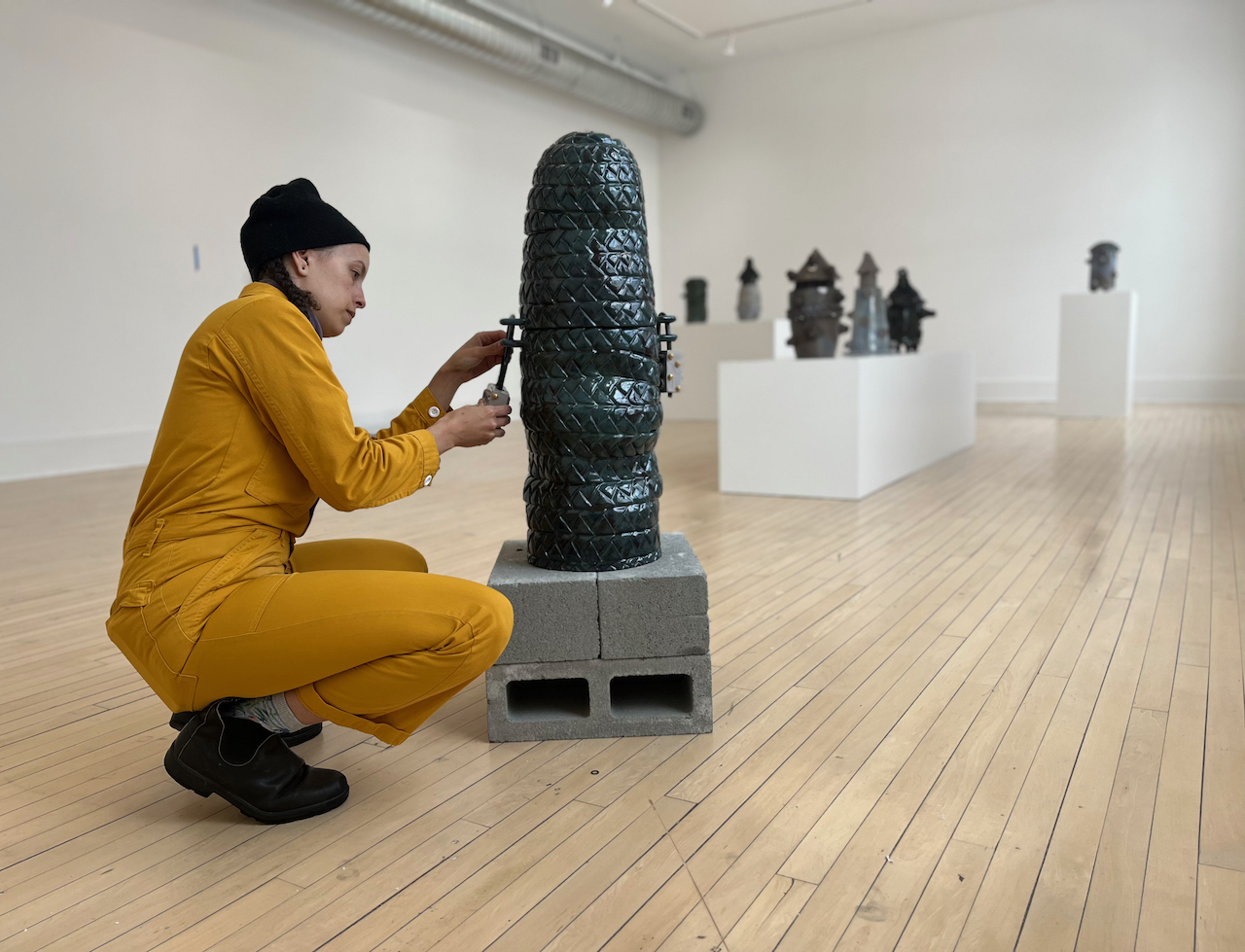
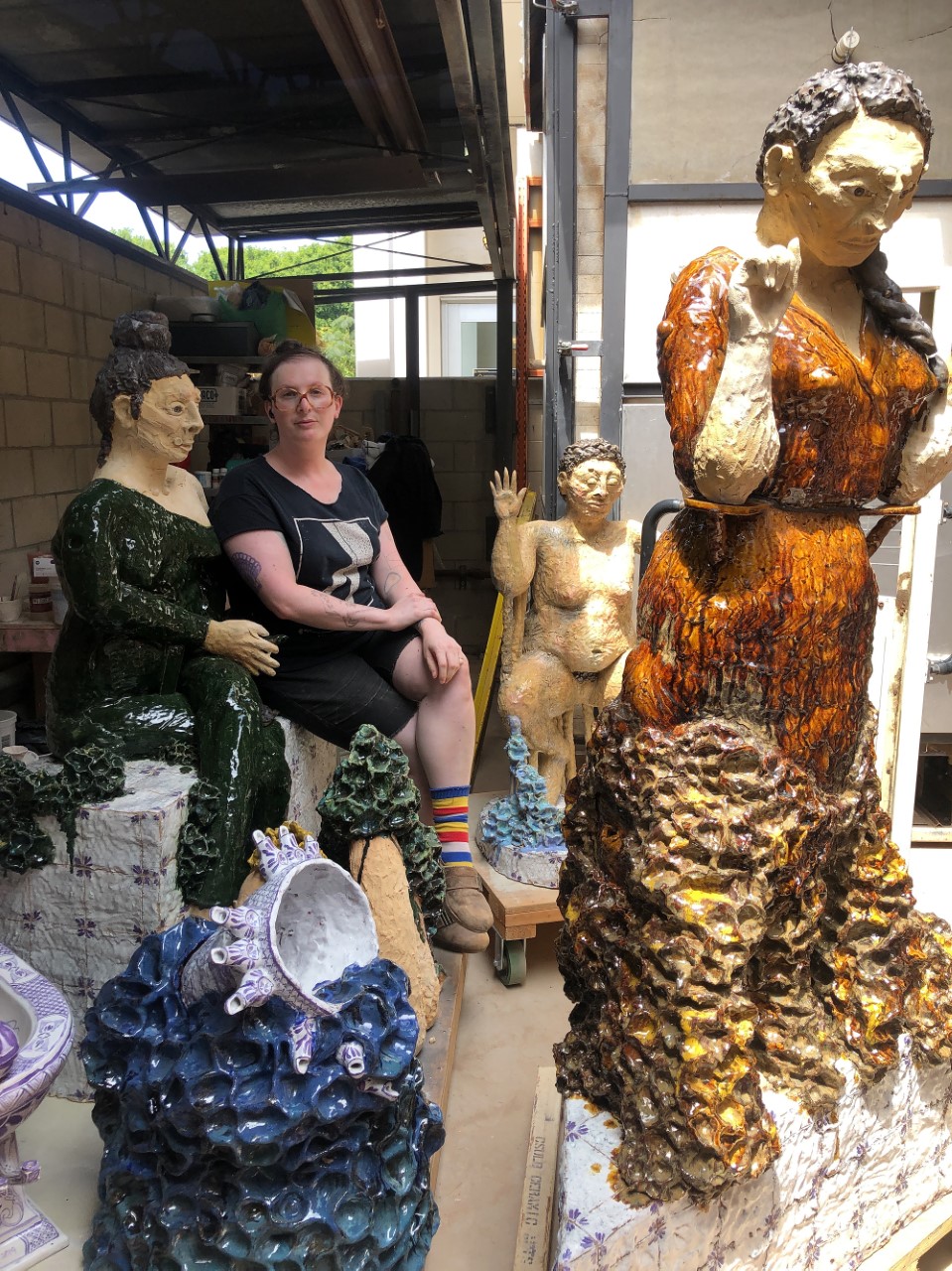
Visitors are selected based on the direction of work in the program and represent a broad cross-section of contemporary work in and around the field of ceramics. These include designers, critics, and curators as well as practicing studio artists.
Due to the intimate size of our program, students have a unique opportunity to spend time with our visiting artists and critics and to gain valuable insight into their work and process. Extending the experience, we also collaborate on larger projects with artists, designers, and art directors, giving students first-hand experience in the world of ceramic production.

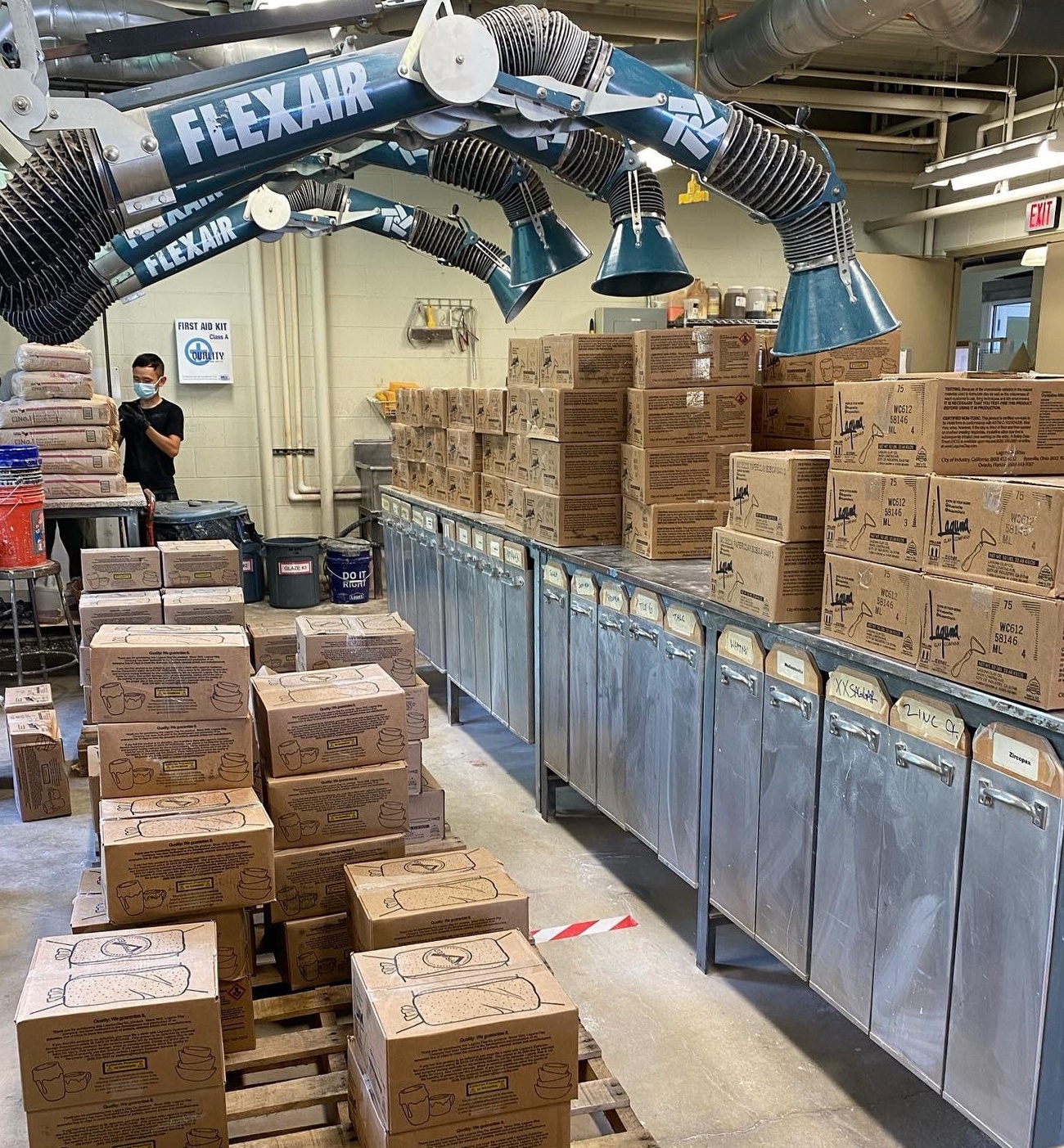
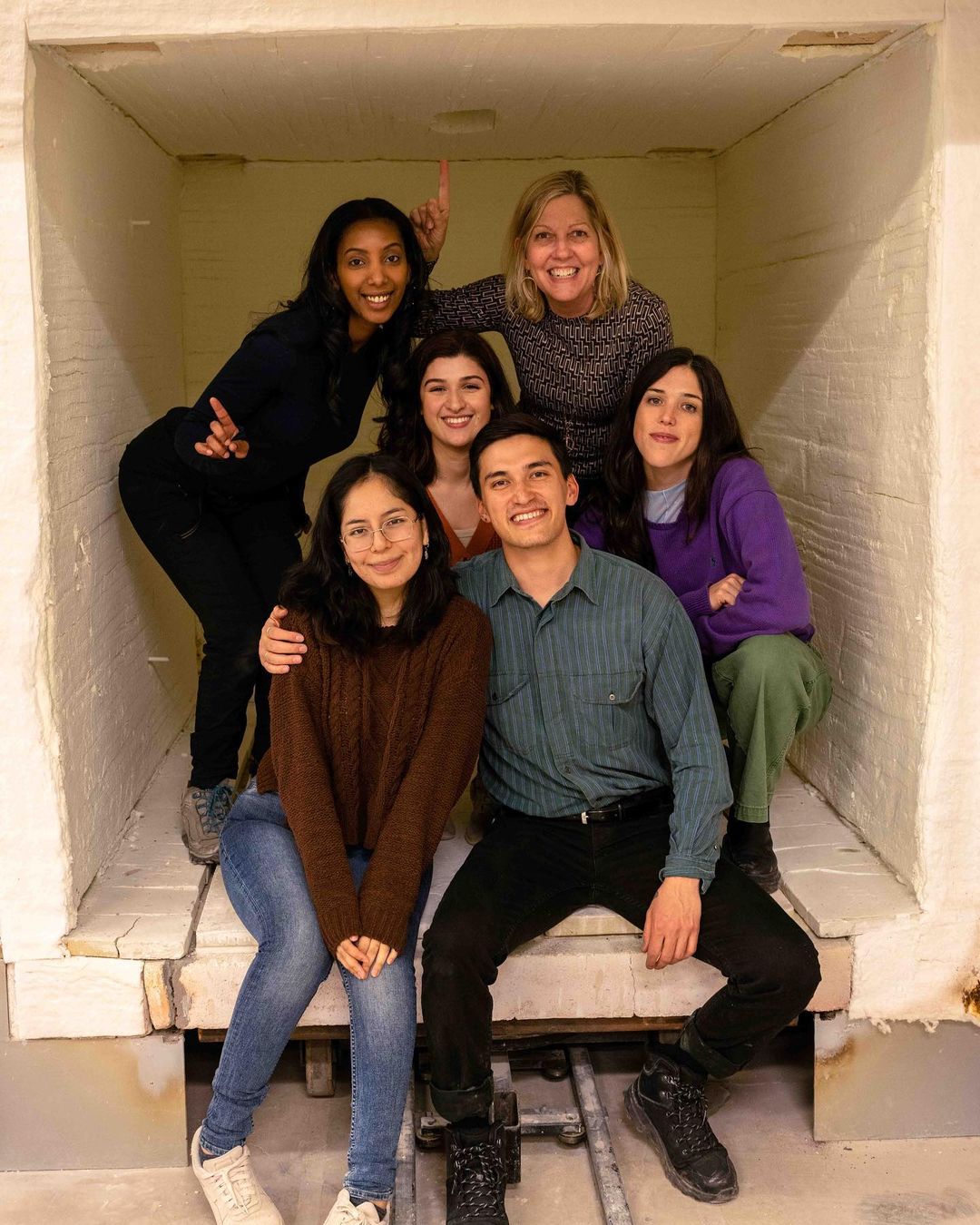
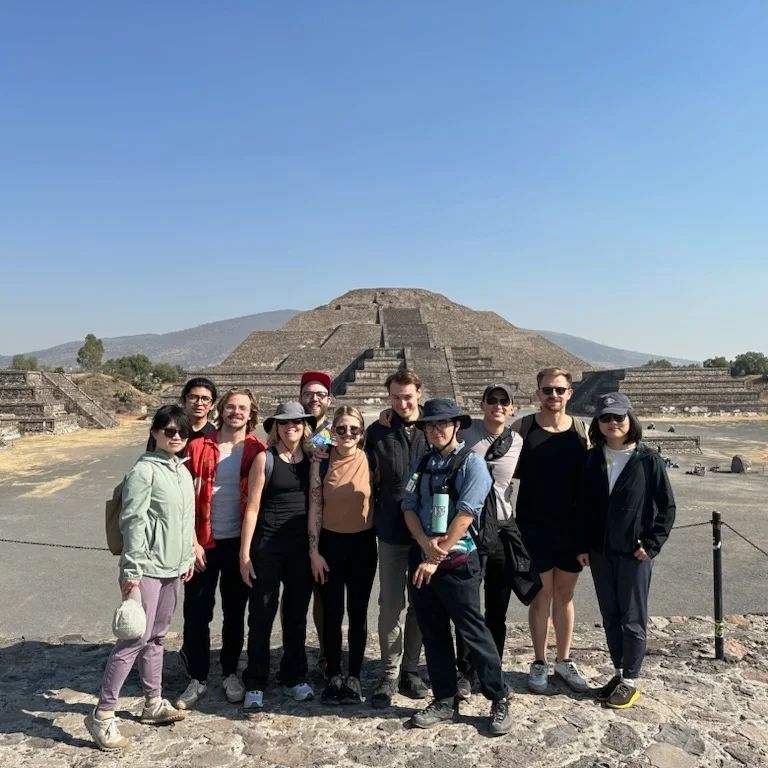
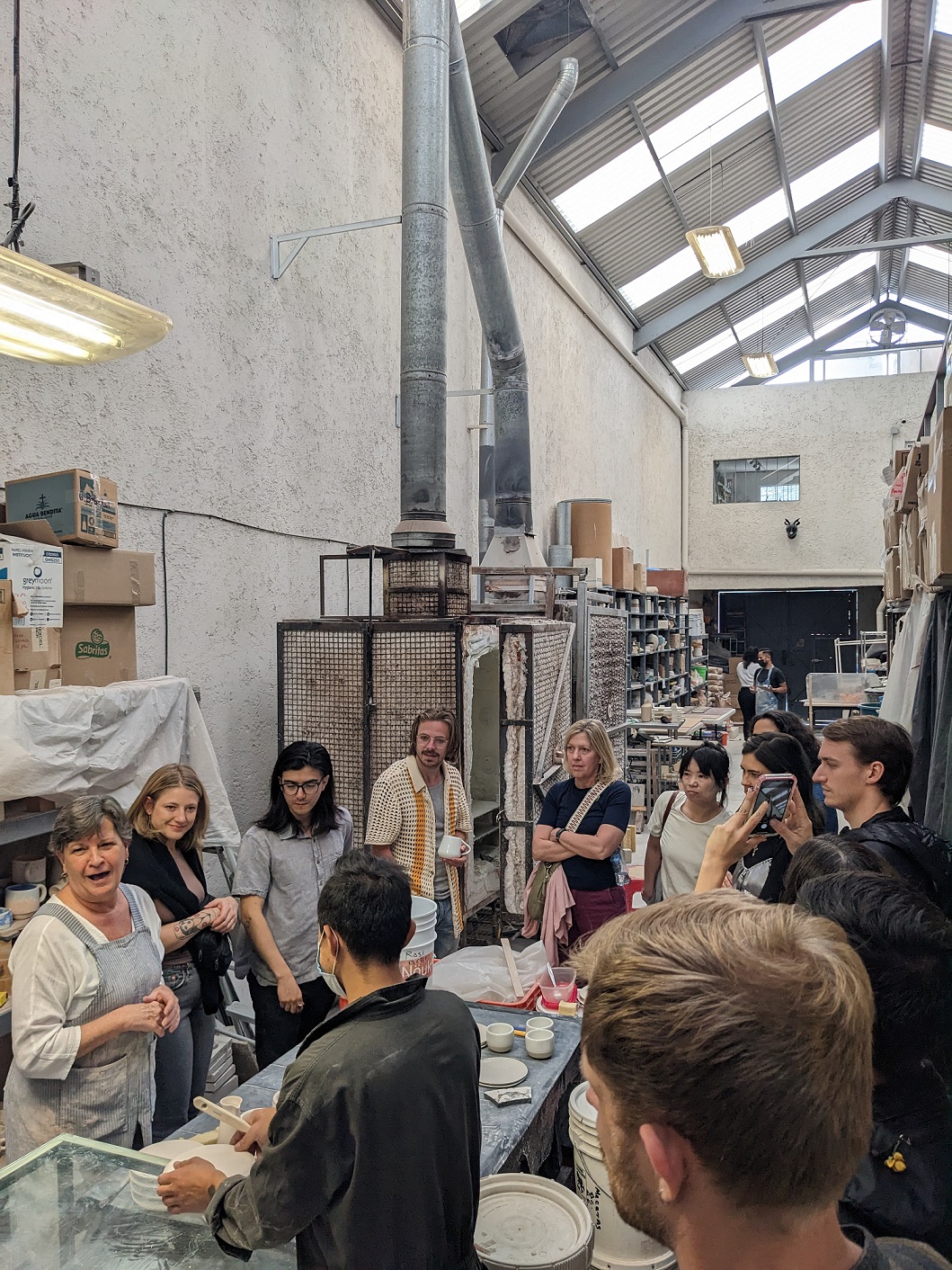
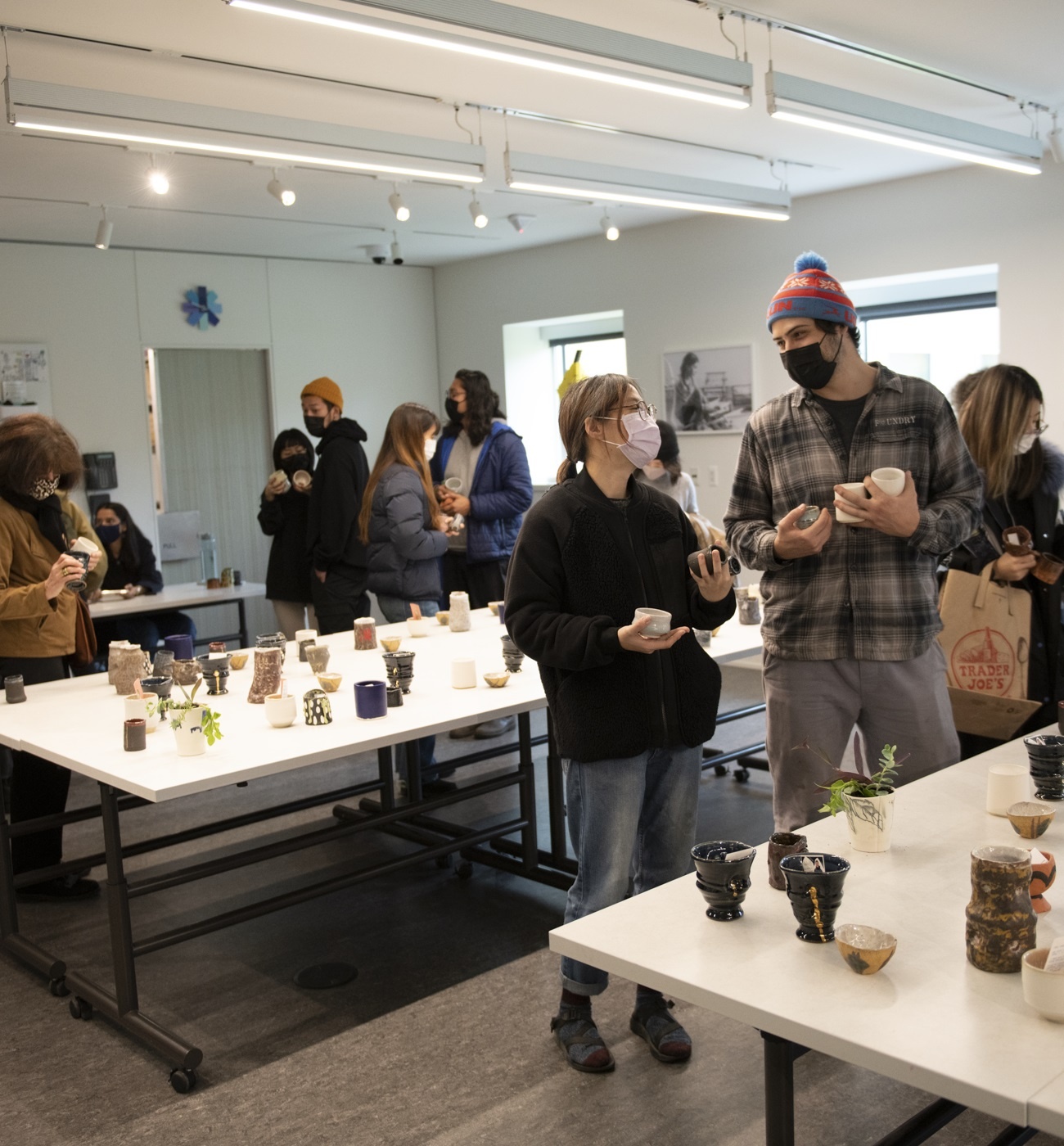
The Ceramics program functions as an organic factory, with each student playing a role in the direction, maintenance, and cadence of the studio. Functioning as a true community, students work alongside the Artist-in-Residence, making work and exploring new ideas. We work together loading kilns, mixing clay, maintaining equipment, and sharing exhibition space. There is a central kitchen that acts as a gathering place for morning coffee, shared meals, informal conversations with visiting artists, and social gatherings.
We also travel together each year, visiting local artists, galleries, and art fairs, as well as visits to local ceramic manufacturers and design centers. Recent travel has taken the program to Berlin, Brussels, Paris, and Mexico City, and trips are offset through an annual cup sale, which has become a highlight for the Cranbrook community.
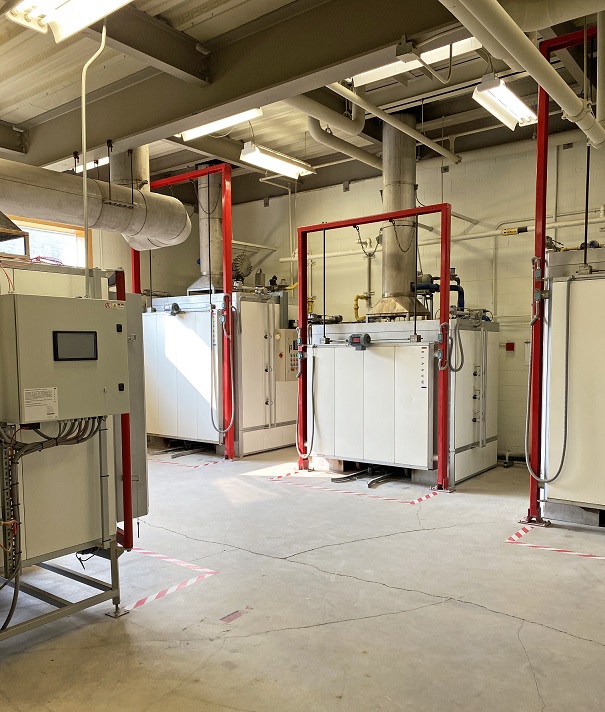
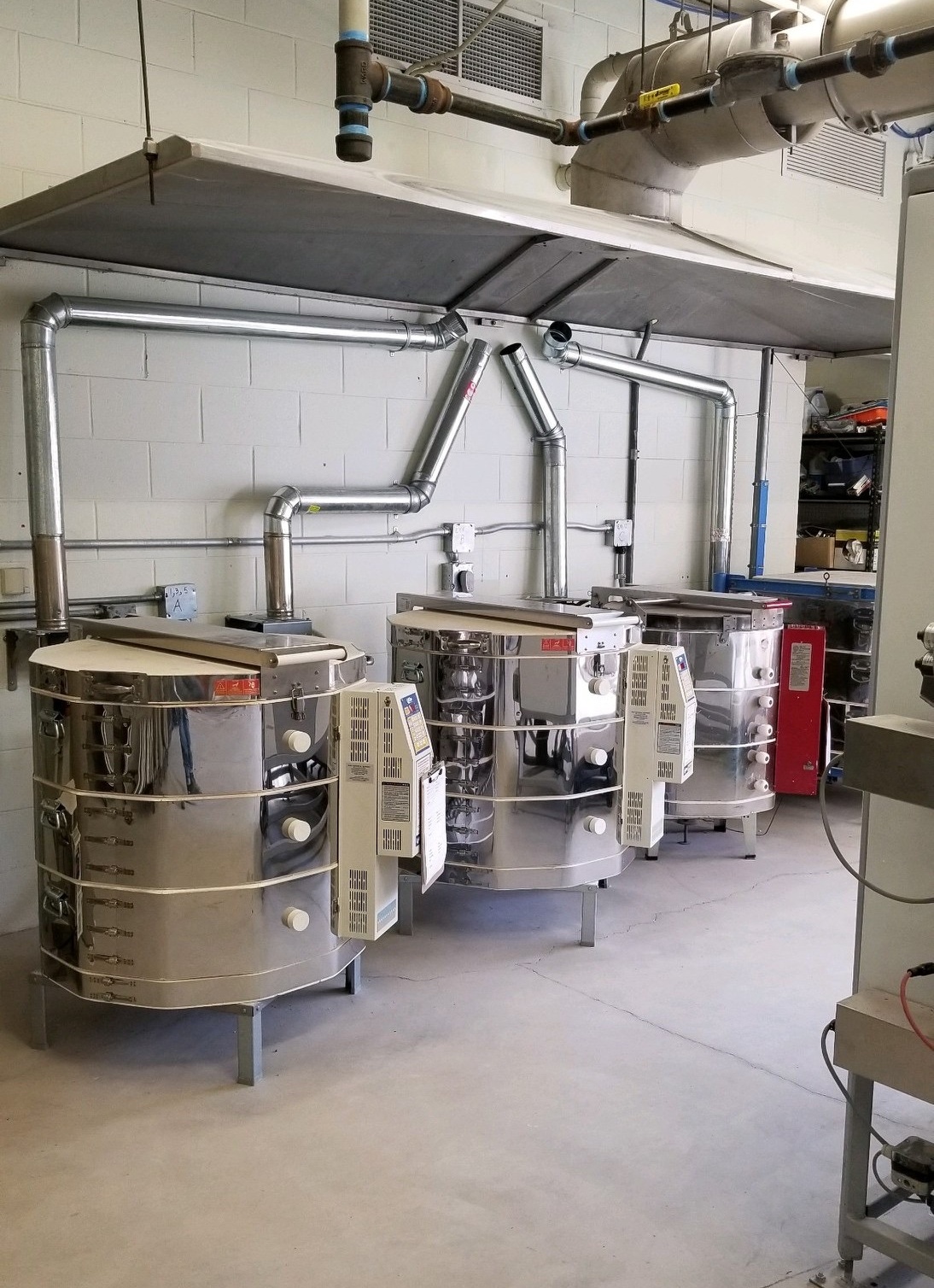
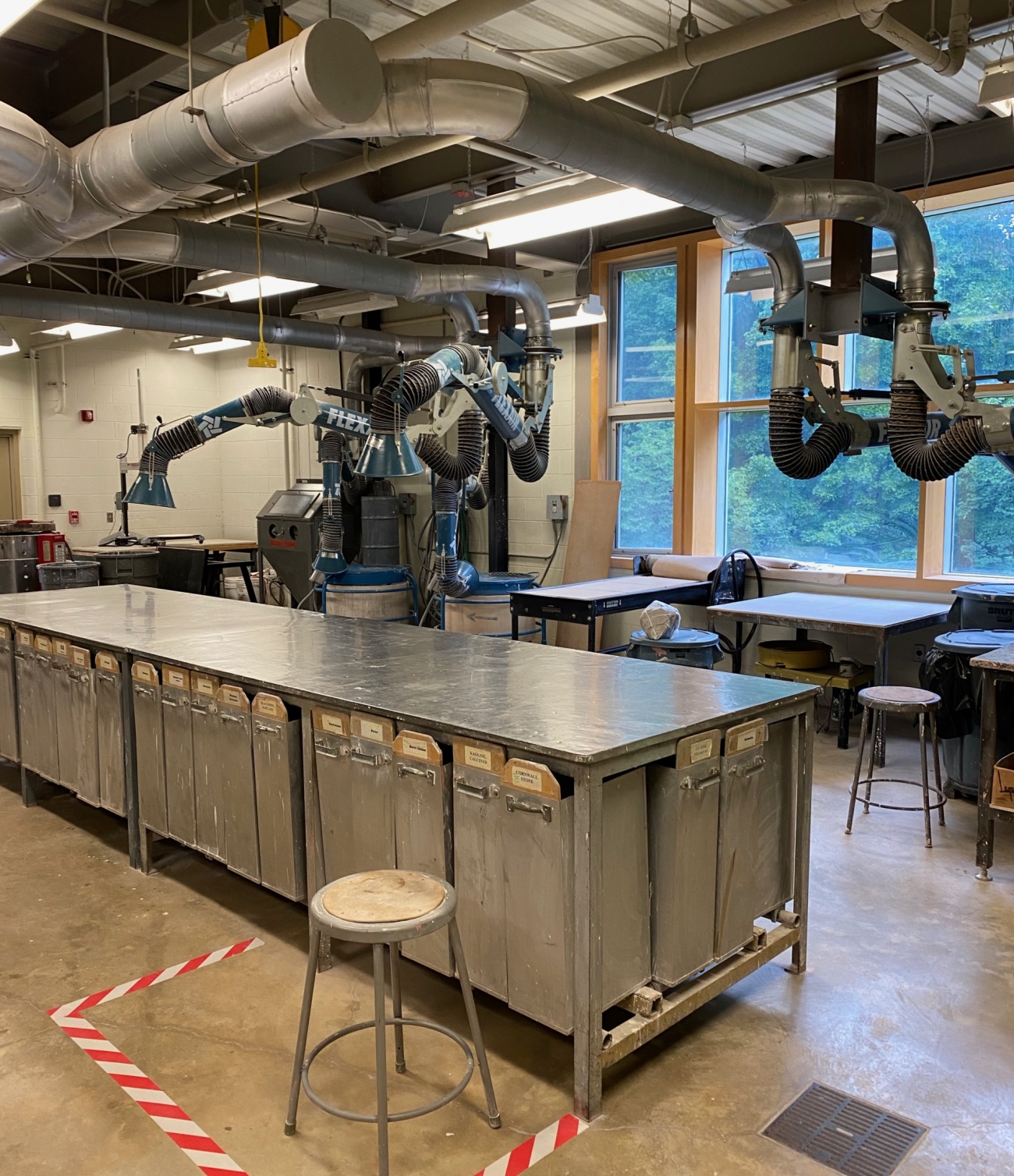
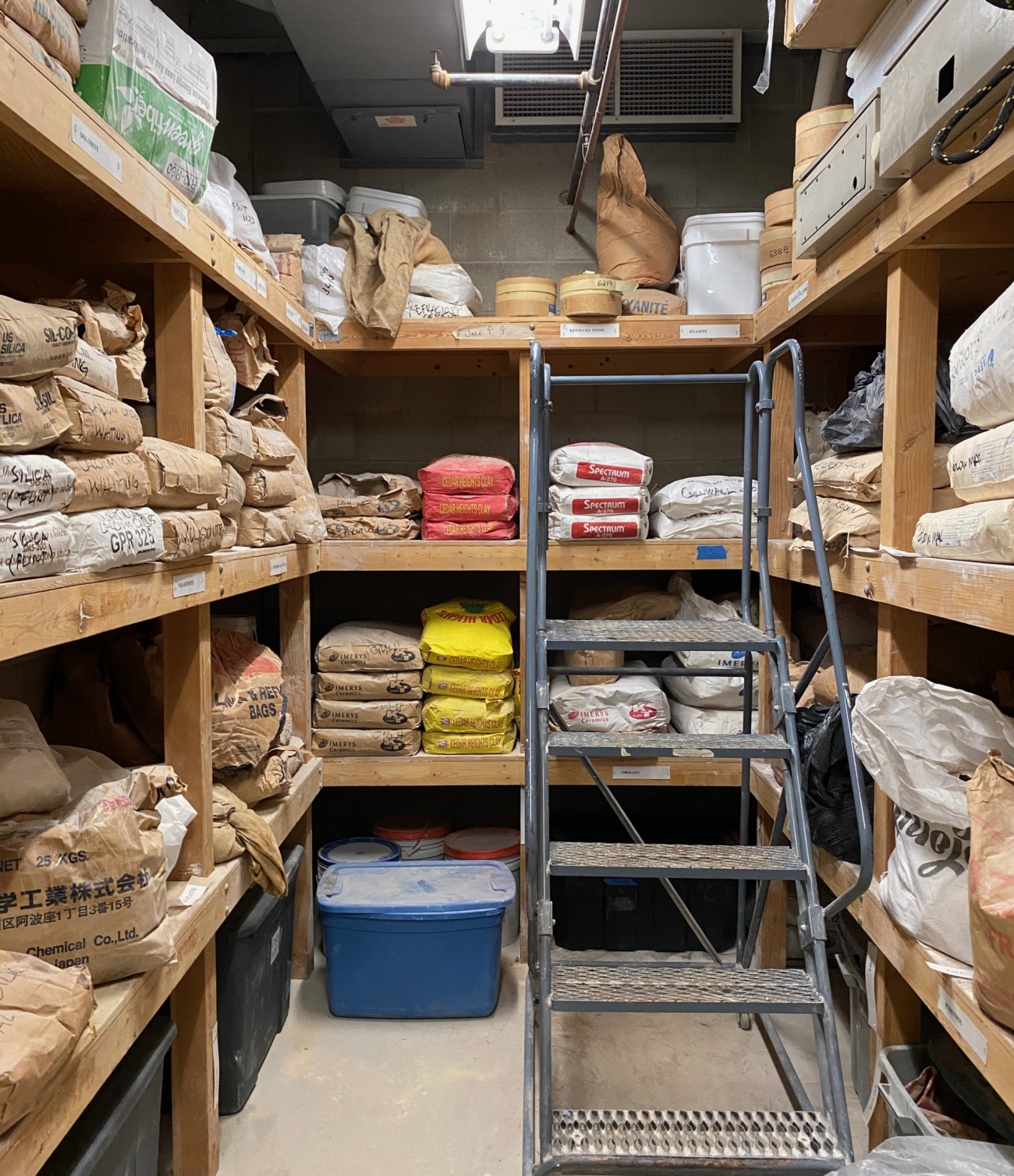
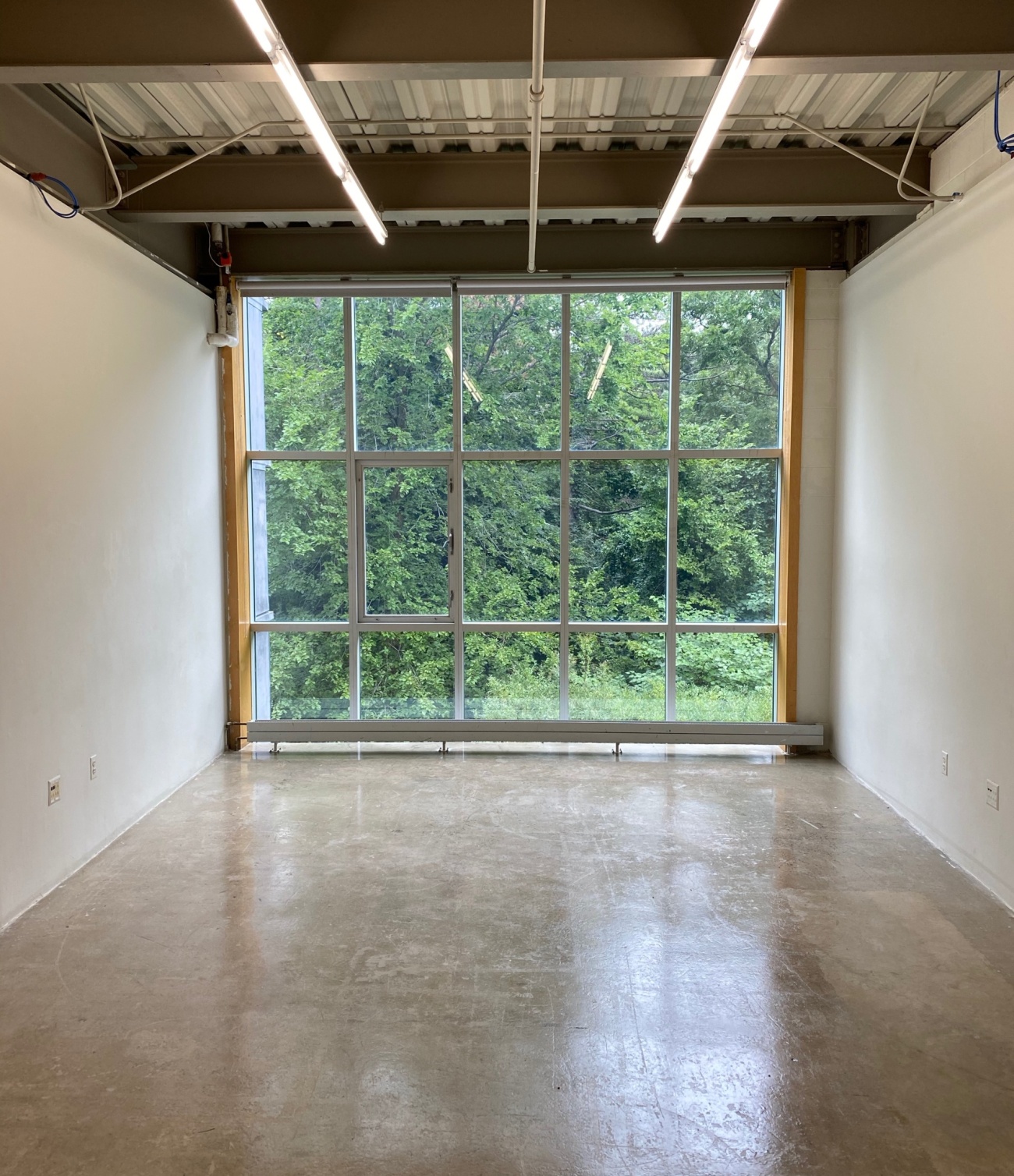
The Ceramics facility is designed to accommodate a wide range of material practices and specialized projects. We hope to work simultaneously within established ceramic traditions, as well as to challenge the material, its process, and its place in contemporary ceramic art and design. Cranbrook was one of the first programs in the country to integrate energy-efficient kilns, which allows students a rare opportunity to work with industrial equipment in the context of a studio-based program.
The Academy also offers access to 3D milling machines, 3D printers and scanners, a laser-cutter, large format printers, and other equipment that can be used to extend the options for making.